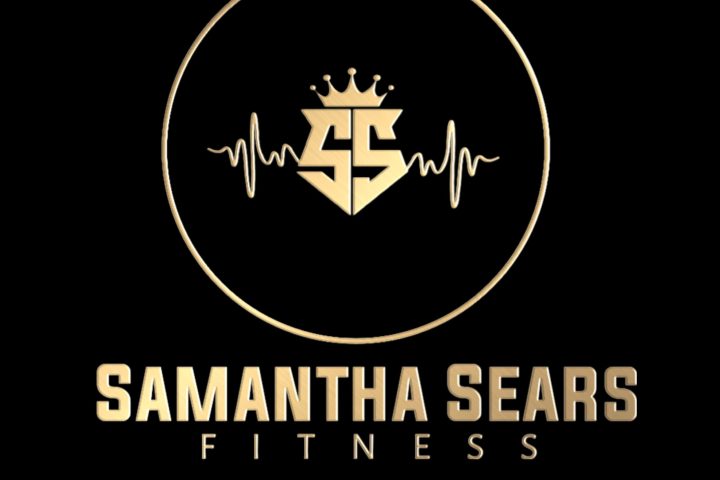
In our modern society, where the hustle and grind mentality often takes precedence, understanding your body and truly listening to its signals is an essential skill for maintaining health and achieving long-term fitness goals. The human body is an intricate system that communicates through various signals, and being attuned to these messages can prevent serious injuries, promote better health, and optimize performance. This comprehensive guide will delve into the differences between being hurt and injured, the critical role of rest and recuperation, and the importance of understanding your limits to know how hard you can push your body.
The Difference Between Hurt and Injured
Hurt: The Body’s Warning System
Feeling hurt often means experiencing discomfort or mild pain that does not necessarily indicate a serious problem. Common examples include muscle soreness after a workout, minor aches, or discomfort from trying a new activity. This type of pain usually resolves within a few days and is often a sign that your body is adapting to new stresses.
- Muscle Soreness: Known as Delayed Onset Muscle Soreness (DOMS), this is a natural response to strenuous exercise. It typically appears 24-48 hours after activity and can be managed with rest, hydration, and light stretching.
- Minor Aches: These can occur from repetitive activities or from improper posture. Addressing these with proper techniques, adjustments, or ergonomic changes can prevent them from escalating.
Injured: A Signal for Immediate Attention
Injury, on the other hand, refers to damage to the body’s tissues, which can range from mild to severe. This includes strains, sprains, fractures, and other conditions that require medical intervention.
- Acute Injuries: These occur suddenly, such as sprained ankles, fractures, or torn ligaments. Symptoms include sharp pain, swelling, and inability to use the affected part normally.
- Chronic Injuries: These develop over time due to repetitive stress or overuse. Examples include tendinitis and stress fractures. Ignoring these can lead to more severe issues.
The Importance of Rest and Recuperation
Why Rest is Crucial
Rest and recuperation are vital components of any fitness regimen, allowing the body to repair, strengthen, and prevent burnout. Here’s why they are essential:
- Muscle Repair and Growth: During rest, the body repairs muscle fibers that were broken down during exercise. This process is crucial for muscle growth and increased strength.
- Prevention of Overtraining Syndrome: Overtraining can lead to fatigue, decreased performance, and a weakened immune system. Scheduled rest prevents this by giving the body time to recover.
- Mental Health Benefits: Adequate rest reduces stress levels, improves mood, and enhances mental clarity. It’s essential for maintaining motivation and a positive mindset toward fitness goals.
Types of Rest and Recovery
- Passive Rest: This involves complete rest without any physical activity. It’s essential after intense workouts or when feeling fatigued.
- Active Recovery: Engaging in low-intensity activities such as walking, yoga, or light swimming helps maintain blood flow to muscles, aiding in recovery without adding stress.
- Sleep: Quality sleep is the cornerstone of recovery. Aim for 7-9 hours per night to ensure optimal bodily functions, including muscle repair and cognitive function.
Understanding Your Limits and How Hard You Can Push Your Body
Recognizing Your Limits
Understanding your limits involves self-awareness and knowledge of your body’s capabilities. Pushing too hard can lead to injury, while not challenging yourself enough can hinder progress.
- Listening to Your Body: Pay attention to signs of fatigue, pain, and discomfort. These signals indicate when it’s time to rest or modify your activity.
- Setting Realistic Goals: Establish achievable fitness goals based on your current fitness level. Gradually increase intensity and duration to avoid overexertion.
- Professional Guidance: Working with a certified trainer or physical therapist can help you understand your limits and create a safe, effective workout plan.
How Hard Can You Push Your Body?
- Gradual Progression: Follow the principle of progressive overload, which involves gradually increasing the weight, frequency, or number of repetitions in your workouts. This method ensures steady improvement without risking injury.
- Variety in Workouts: Incorporate different types of exercises to work various muscle groups and prevent overuse injuries. Mix cardio, strength training, flexibility exercises, and balance training for a well-rounded routine.
- Monitor Intensity: Use tools like heart rate monitors or perceived exertion scales to gauge workout intensity. High-intensity workouts should be balanced with adequate rest.
- Hydration and Nutrition: Proper hydration and nutrition support your body’s ability to push harder and recover faster. Focus on a balanced diet rich in proteins, carbohydrates, fats, vitamins, and minerals.
Practical Tips for Listening to Your Body
- Warm-Up and Cool Down: Always include a warm-up before exercising to prepare your muscles and a cool-down to help your body return to its resting state.
- Stay Hydrated: Dehydration can impair performance and recovery. Drink water regularly, especially during and after workouts.
- Mindfulness and Body Awareness: Practice mindfulness techniques such as yoga or meditation to enhance your connection with your body and recognize its signals.
- Regular Check-Ups: Routine health check-ups and screenings can detect potential issues early, allowing for timely intervention and prevention.
- Adaptability: Be flexible with your workout routine. Adjust exercises based on how your body feels each day, rather than sticking rigidly to a plan.
Conclusion
Understanding your body and listening to its signals is a crucial aspect of maintaining health and achieving fitness goals. By distinguishing between being hurt and injured, recognizing the importance of rest and recuperation, and knowing your limits, you can create a sustainable and effective fitness routine. Remember, fitness is a journey, not a destination. Being attuned to your body’s needs will help you navigate this journey safely and enjoyably, leading to long-term health and well-being.
